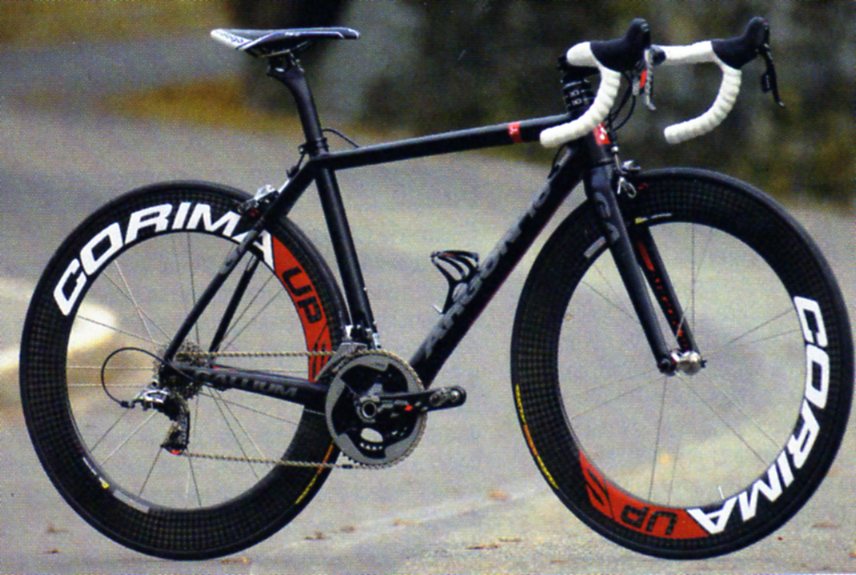Marin Avenue (Berkeley)
On Saturday, I got an email from Tim telling letting me know that Murphy's Spring Classics was going to start up Marin Ave. I'd missed that. Murphy announces his courses the day before, and indeed it was already well into the night before when the course announcement went out. I'd skipped over the details, jumping straight to middle and end games.
Marin? I laughed at the irony, because not long before when he'd told me he was choosing to repeat the Nifty Twn Fifty which we'd done together last year versus selecting Murphy Mack's Stage Mullett two-day, I responded I didn't think I had it in me to ride Marin Ave two years in succession. Well, so much for that. I was committed, so I went downstairs to swap my 11-26 cassette for my Recon 12-27.
The name is easily overlooked: "Marin Ave" fails to strike the same impression as, for example, "Redwood Gulch" or "China Grade". But among those in the know, Marin Ave is infamous in the San Franscisco Bay Area. I first learned about it reading Grant Peterson's fantastic Bay area cycling guide, Roads to Ride. The profile there was a series of virtually vertical lines. Clearly it was unrideable: beyond sanity.
But over the years I managed to climb every other climb listed in the book within anywhere close the proximity. Marin stood there as an unmet challenge.
Back in the day, when the lowest gear we had was 38/28, that challenge would have been profound. But with compact cranks, I can dip down into a very nice 34/27, which eases the burden considerably. So what was at one time a source of fear is now more an expectation of assured pain. Instead of dread, that yields even a bit of positive anticipation.
I rode it the first time during the Nifty Ten-Fifty last year. It was steep, but not the steepest I've done (that has been Filbert in San Francisco). And the flattening of the road at cross-streets provides considerable recovery before tackling the next block. The only time I was under real distress was the final block before Wildcat. That was again the case at the Spring Classic this year, except here I still faced the sobering challenge of 114 miles remaining.
The map view is here. It's almost comical: a network of roads meander up the steep slope of the Berkeley Hills. Only Marin Ave takes the hill straight on. It's a remarkable stubbernness you've got to admire.
View Larger Map
Here's the profile:
On the ride this Sunday, from which the profile data were taken, some riders were traversing, but I took the climbs all head-on, straight up the hill, focusing on keeping my wheels turning. I compromised this only in the final meters of the last block. The grade in the profile thus tails off slightly here, an artifact of my diagonal path. But other than these few meters the profile is fairly true.


Comments
I've done a VE profile of Marin with my PT. I had to splice two rides together because I couldn't do it all in one go.
I can't believe she was unimpressed. It's good you ditched her.
I can't find the first half of the Marin power files (from the Circle up to Spruce) but the second half (from Spruce up to Euclid) shows a maximum grade of 23.8%, which is pretty close to your maximum of 23.6%. I was guessing rho and assuming zero wind so that estimate ain't far off from yours.